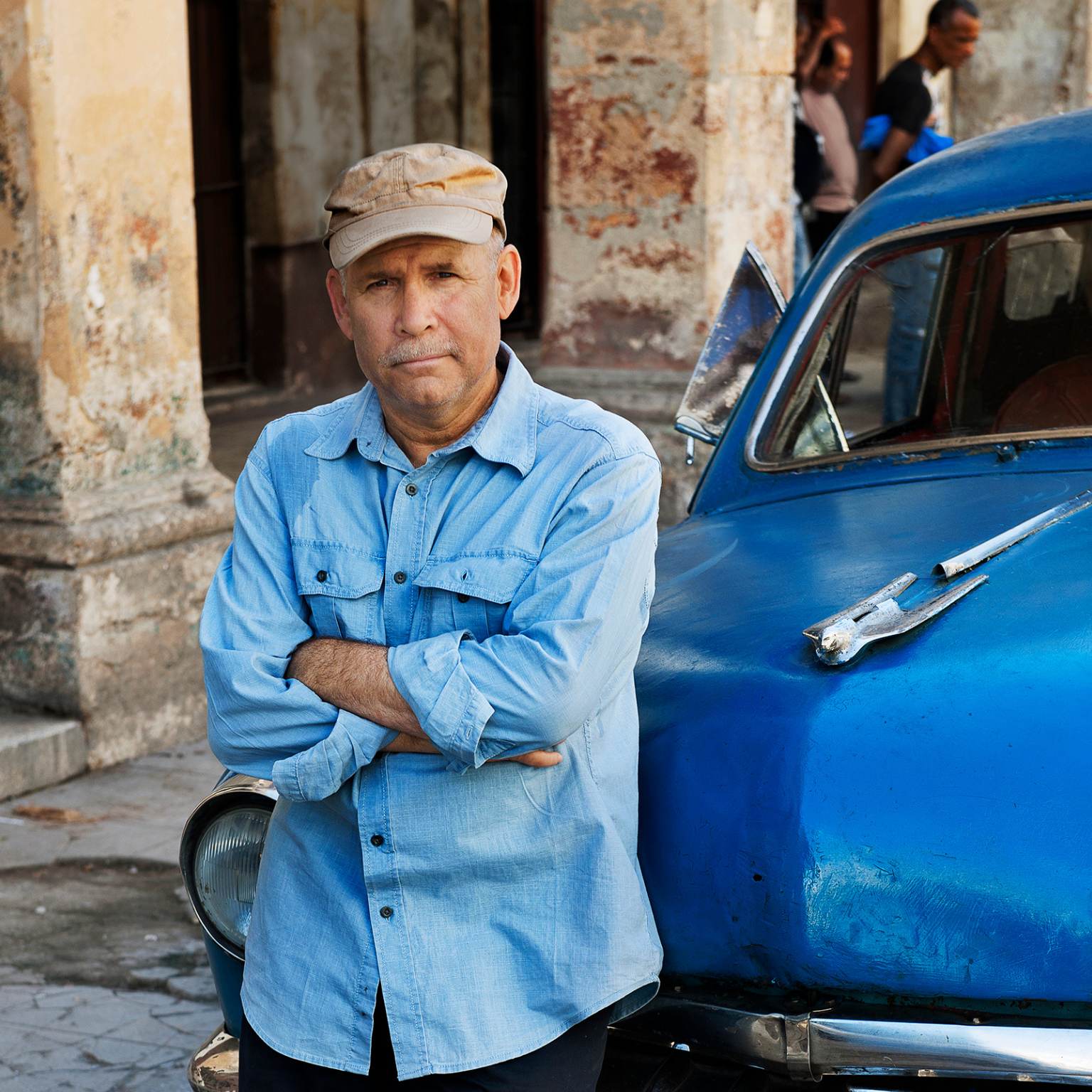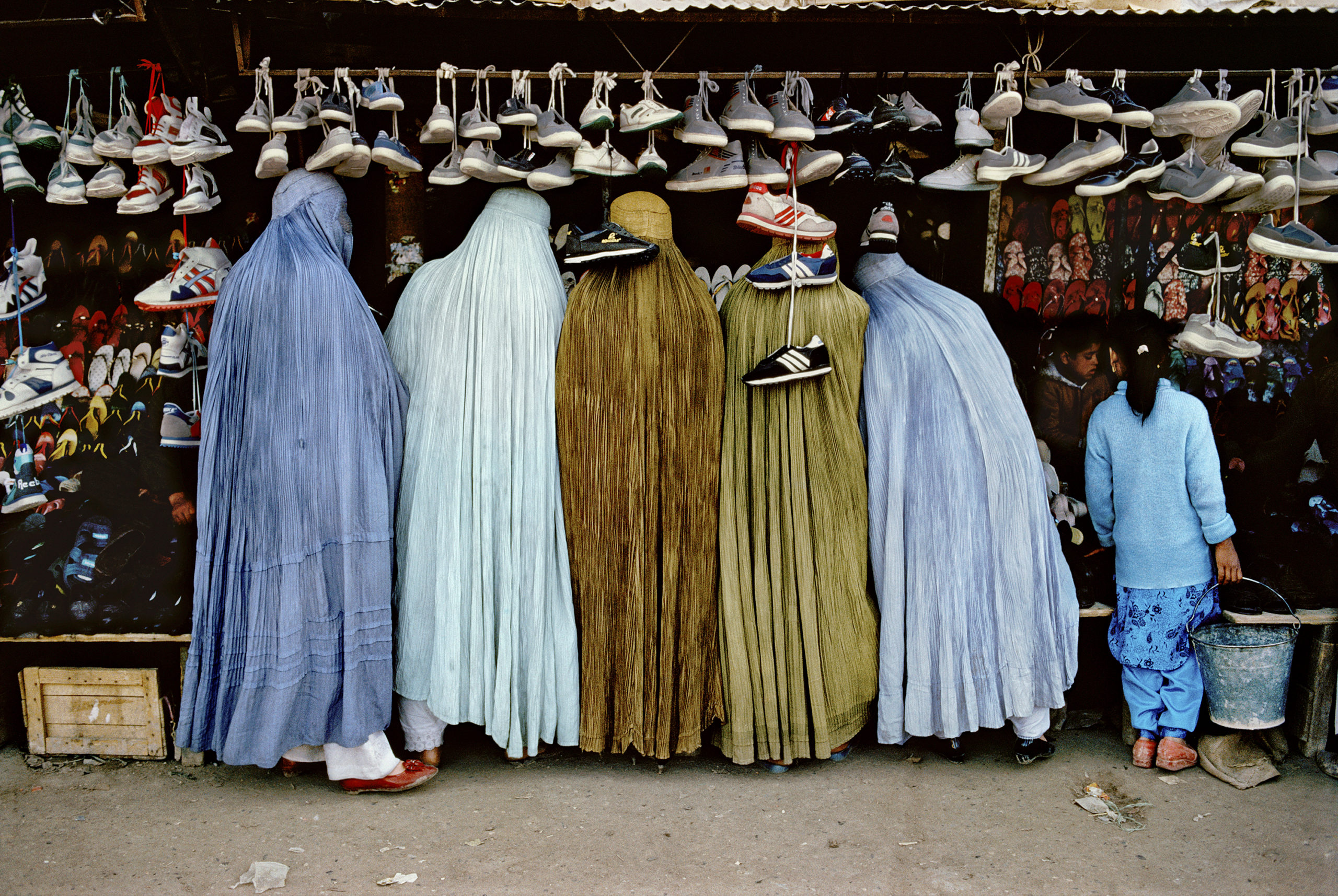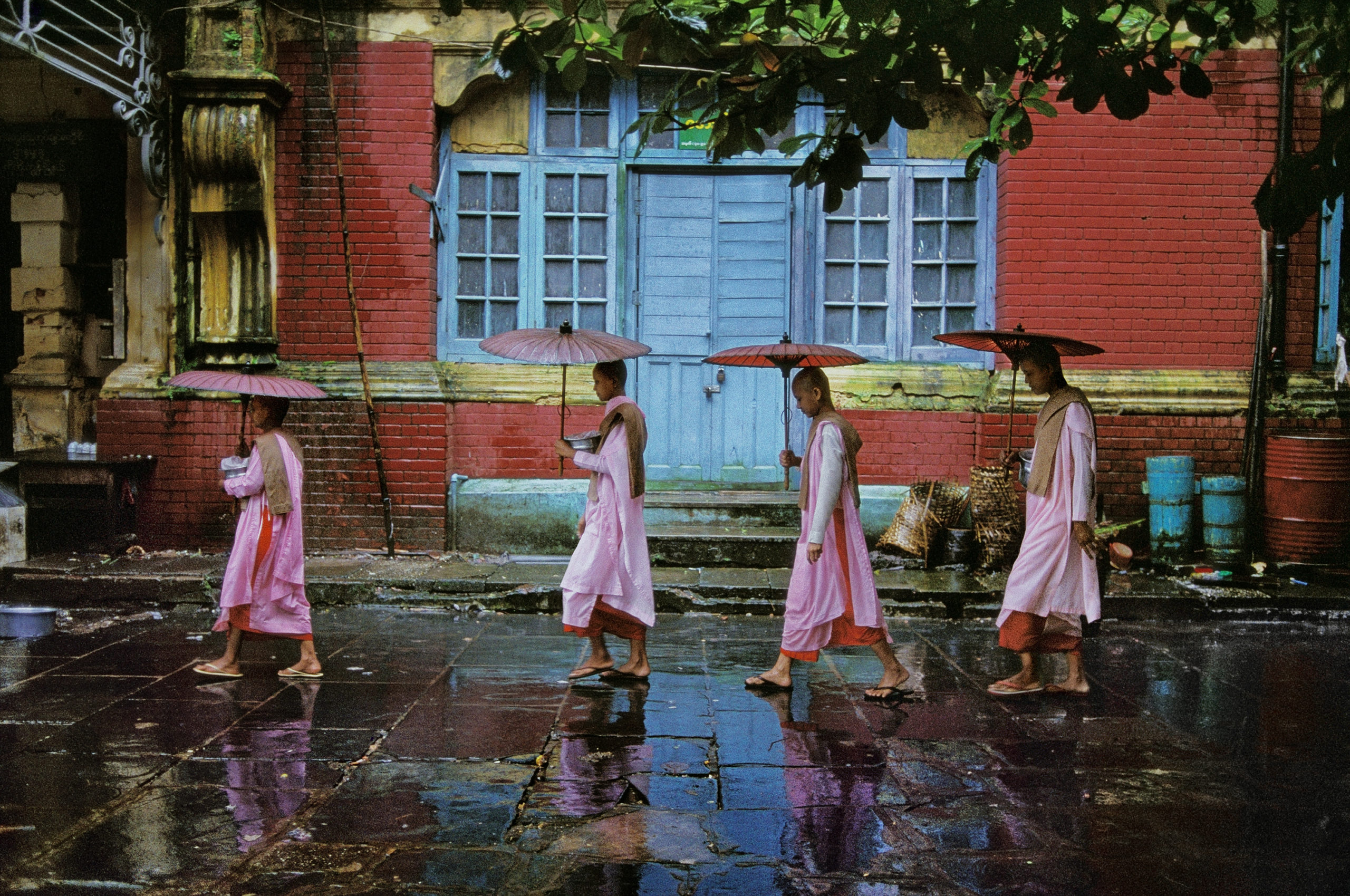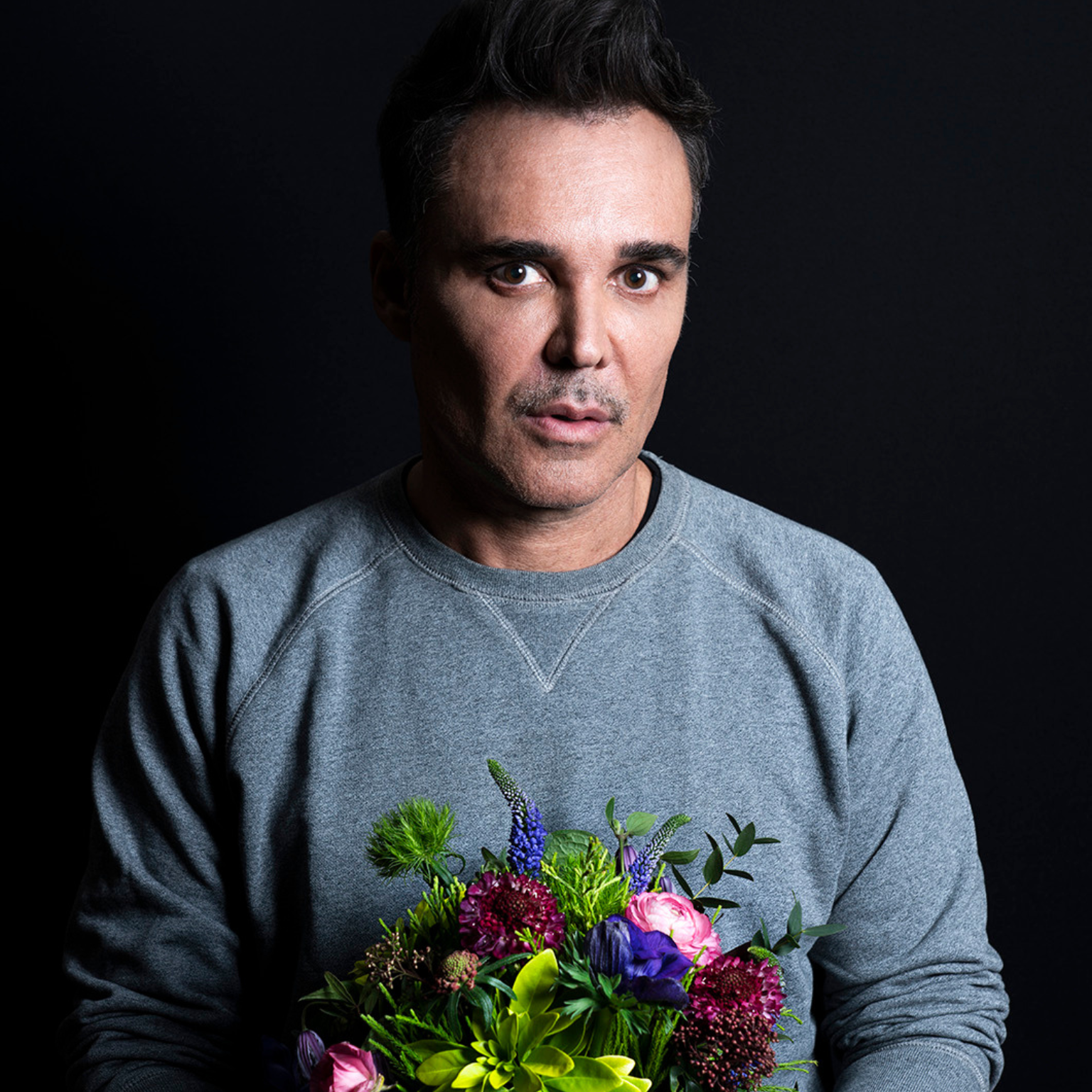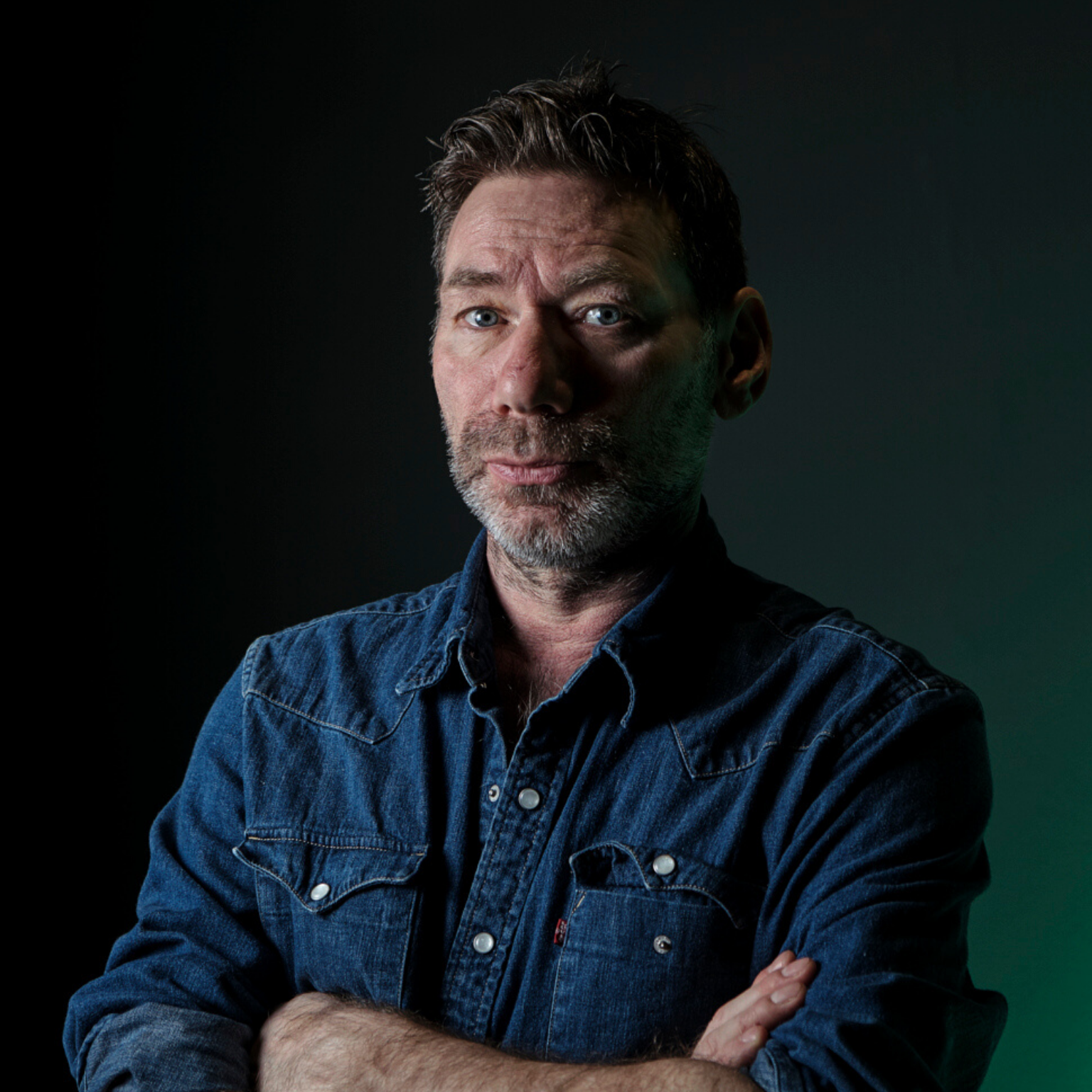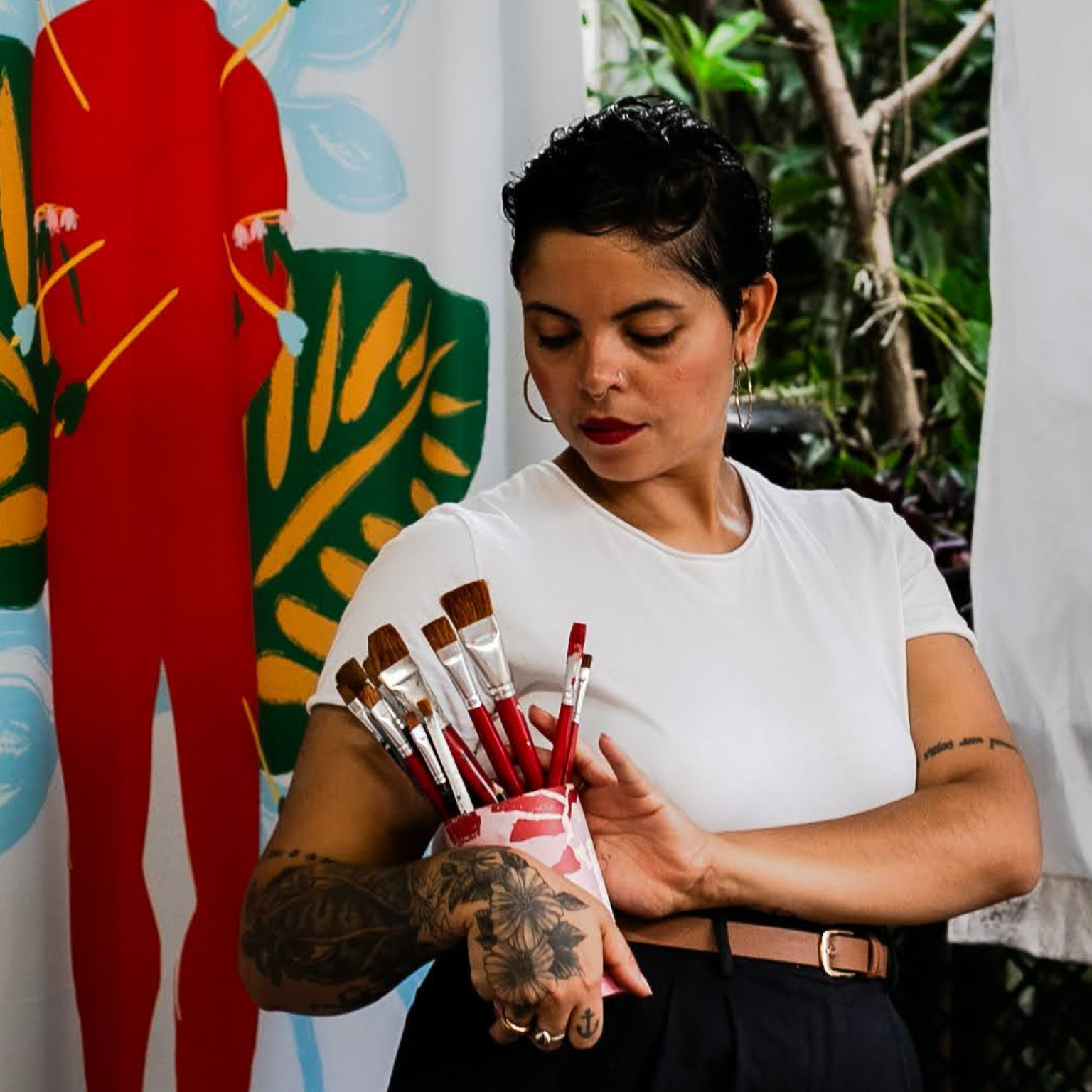Steve McCurry, photographer from the United States. Photo © Steve McCurry, Havana, Cuba, 2010
1.Tell us what you do and your beginnings.
From the time I was a kid, I was never still, and I’ve never been one to wait for things to happen to me. I’ve heard it said that only amateurs wait for inspiration; professionals just get up every day and go to work. In other words, proper artists don’t hope that inspiration will come to them, they actively seek it out.
At first I just wanted to travel and photography was a way to allow me to do that. I’ve been interested in drawing and painting since I was 10 years old and became interested in photography when I was 19.
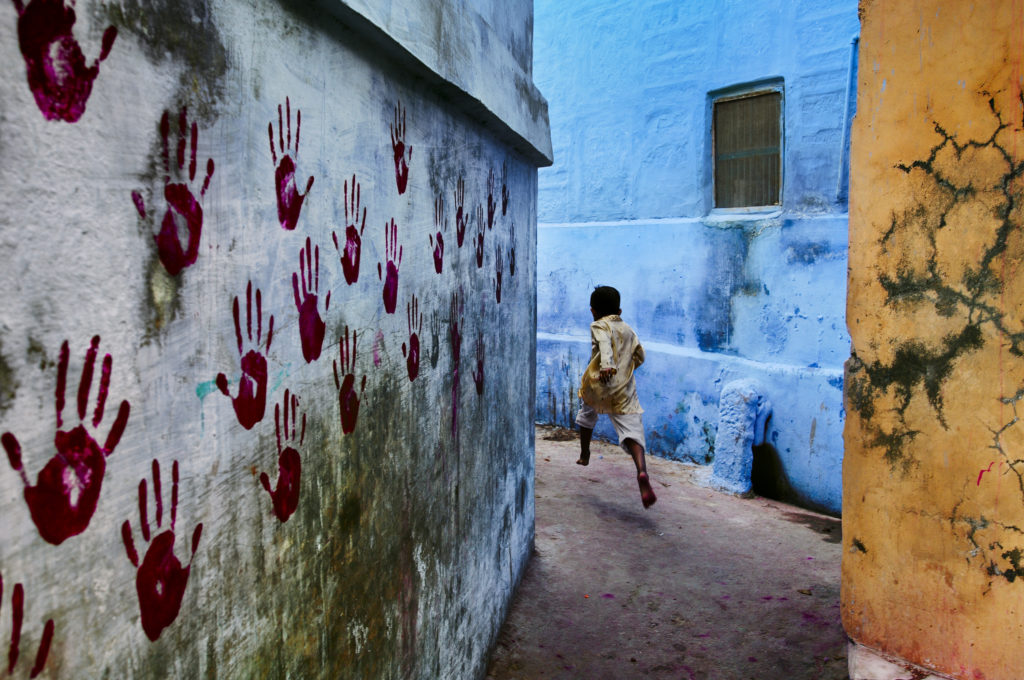
I studied cinematography in college and took a fine-art photography class and fell in love with it. That class in still photography changed the course of my life. Filmmaking is a collaborative enterprise, usually involving crews of people and demanding constant cooperation and compromise, but still photography is a solitary craft.
I loved the idea that I could wander around unscripted, unrehearsed, looking for that serendipitous moment when an image appeared before my viewfinder spontaneously. Just walk out the door with a camera and some film in my pocket and start to work. I, alone could decide what to frame, how to build the image, what should be isolated and what should be included. I was in charge of the lighting and the composition.
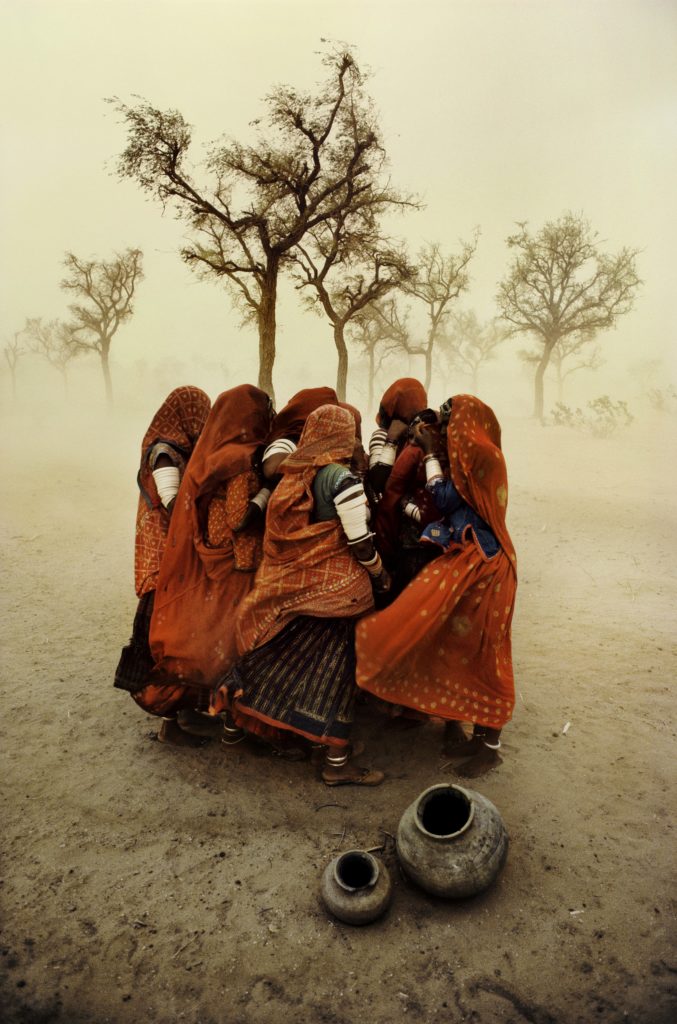
Rajasthan, India, 1983 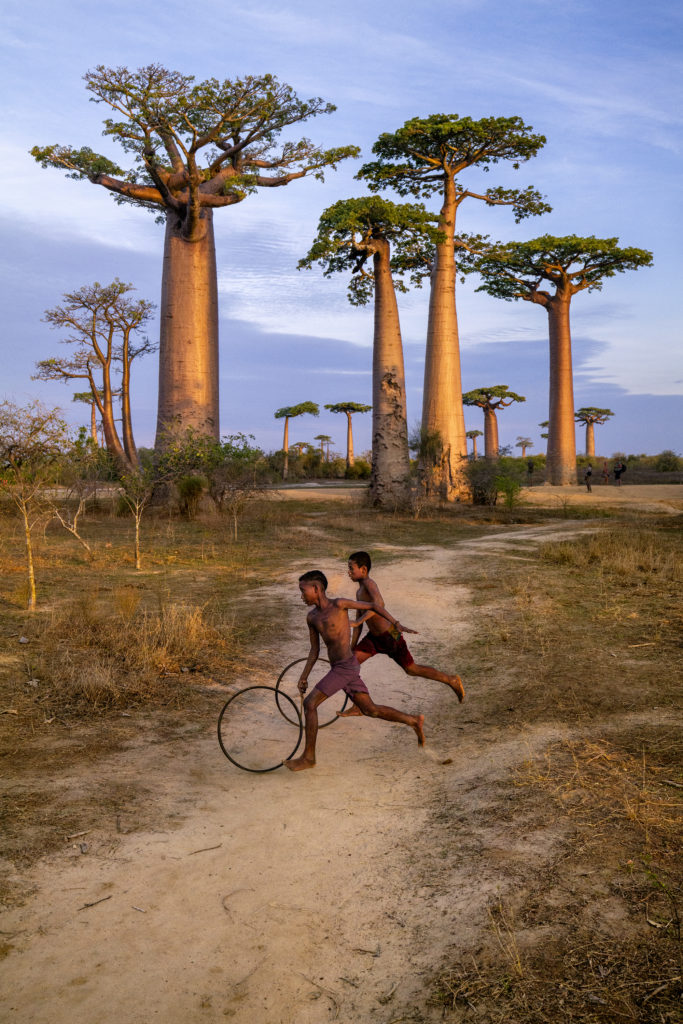
Baobab Avenue, Morondava, Madagascar, 2019 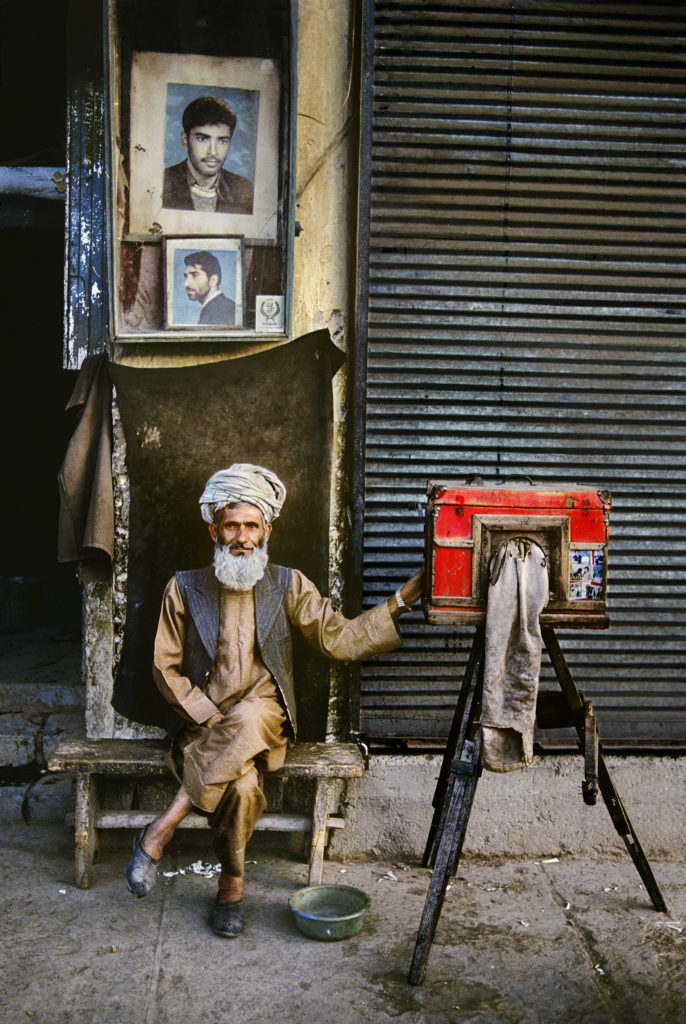
Kabul, Afghanistan, 1992

Rangoon, Burma, 1994
Photography appealed to the independent loner in me, and it fit perfectly with my determination to spend as much of my time as possible travelling. By the time I graduated from college I had decided I didn’t want to spend my life in an office, or even a studio or film set – I wanted to spend it seeing the world, experiencing foreign cultures, and satisfying my curiosity. Becoming a photographer would offer me that world. Before long, it turned into a habit, and eventually a lifetime career.
2.What does your work aim to say?
I look for that unguarded moment and try to convey some part of what it is like to be that person, or in a broader sense, to relate their life to the human experience as a whole. We, humans, connect to one another via eye contact there is real power in that shared moment of attention when you catch a glimpse of what it must be like to be in their shoes. I think this is one of the most powerful things about photography, to relate that sensation.
3.Where do you find inspiration for your art?
My inspiration is derived from the themes I witness across dozens of projects. I’m constantly learning something new. Every time I step foot on a plane and enter a new country, or one I’ve visited a dozen times, I know that there are a multitude of experiences just waiting for me that will undoubtedly change and refine my outlook. This is not a process that ever ends, nor would I want it to. I will forever be chasing the next story and the next lesson.
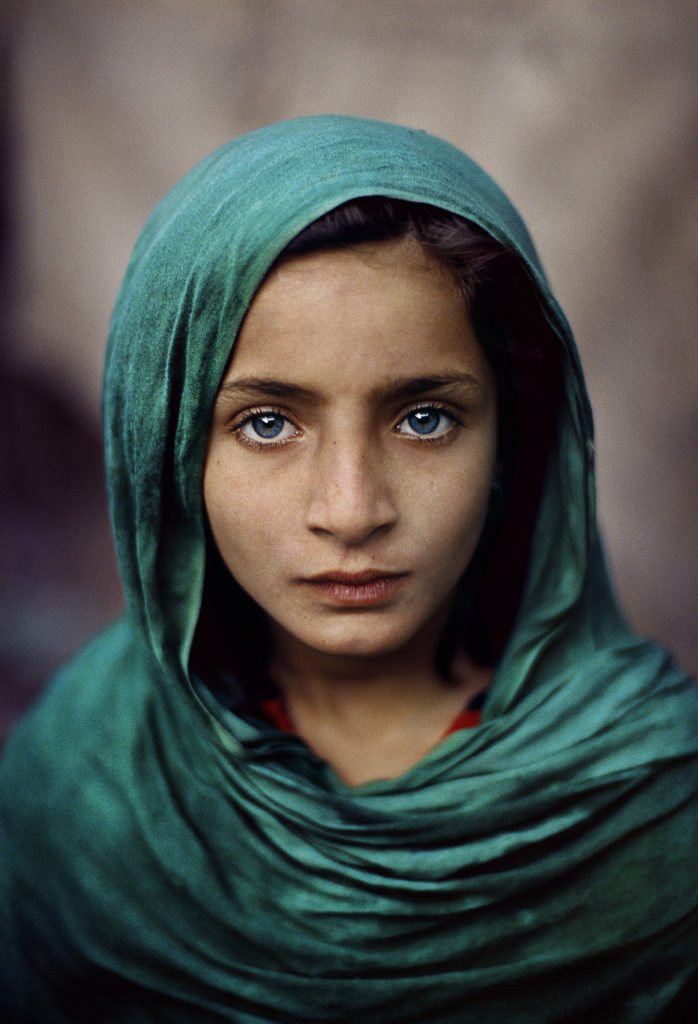
Peshawar, Pakistan, 2002 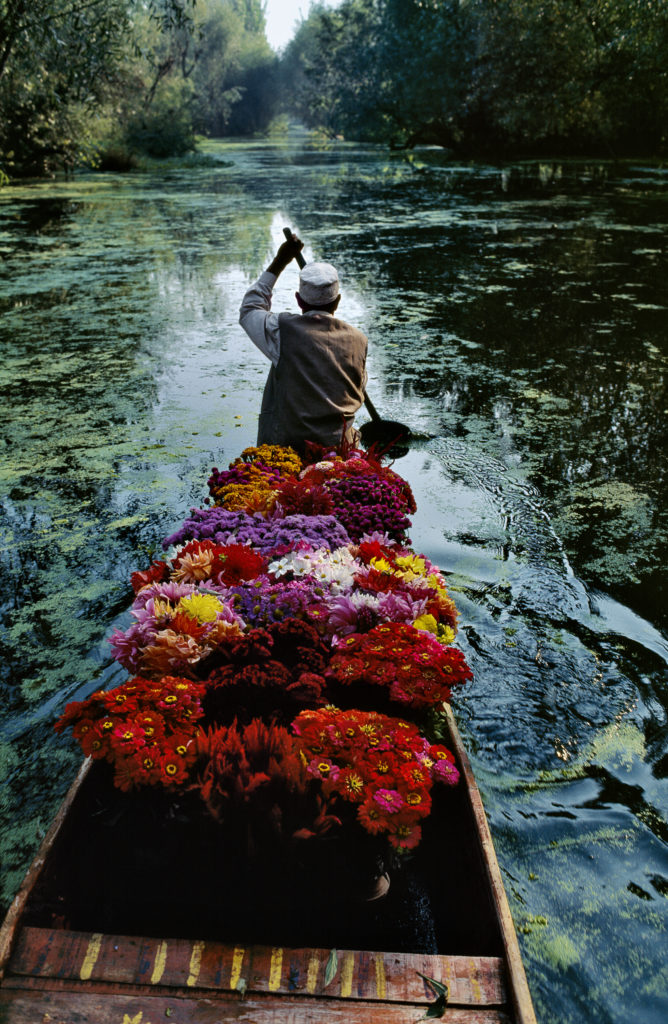
Dal Lake, Srinagar, Kashmir, 1996 
Lhasa, Tibet, 2000
4.Could you give us some insight into your creative process?
Observation is central to photography. You need to have an inquiring mind and you need to be curious. When you are walking around photographing, you need to be present in the moment. I look at my surroundings and see what is unique about the place.
It can be a crack in the sidewalk or an animal playing. It’s the appreciation for that moment in time and appreciation for the planet. You never quite know when the best moment is going to reveal itself. You shoot and there’s a moment that you think is interesting, you keep working and you never quite know when you’ve got it. It’s a mysterious process.
5.What are your future projects?
I am currently working on some new book projects. My team and I are scanning and organizing my archive of work.
Interview by Fabio Pariante, journalist / Twitter – Instagram
MORE
Steve McCurry on social networks: Instagram – Facebook – Twitter – Website
Steve McCurry (Philadelphia, 1950) is an American photographer who has made some of the most important reportages around the world; his production ranges from urban photography, war photography and street photography. Among his most famous works is “Afghan Girl” (1984), made in a refugee camp near Peshawar, Pakistan. This portrait was named as the “most recognized photograph” in the history of National Geographic magazine when it became the magazine cover in June 1985 (but also used by Amnesty International and for some merchandise).
After 17 years, in 2002, McCurry and the National Geographic team found the woman who had remained unknown until then: Sharbat Gula who, in 2021, the Italian State saved in reference to the program for the evacuation of Afghan citizens and the plan of the government for their reception and integration. A member of Magnum Photos, McCurry has exhibited his reportages all over the world and in 2019 the first permanent exhibition in Iran was opened, in Kashan, called Steve’s House thanks to Founder and Chief curator Hossein Farmani. Steve McCurry lives and works in the United States.
